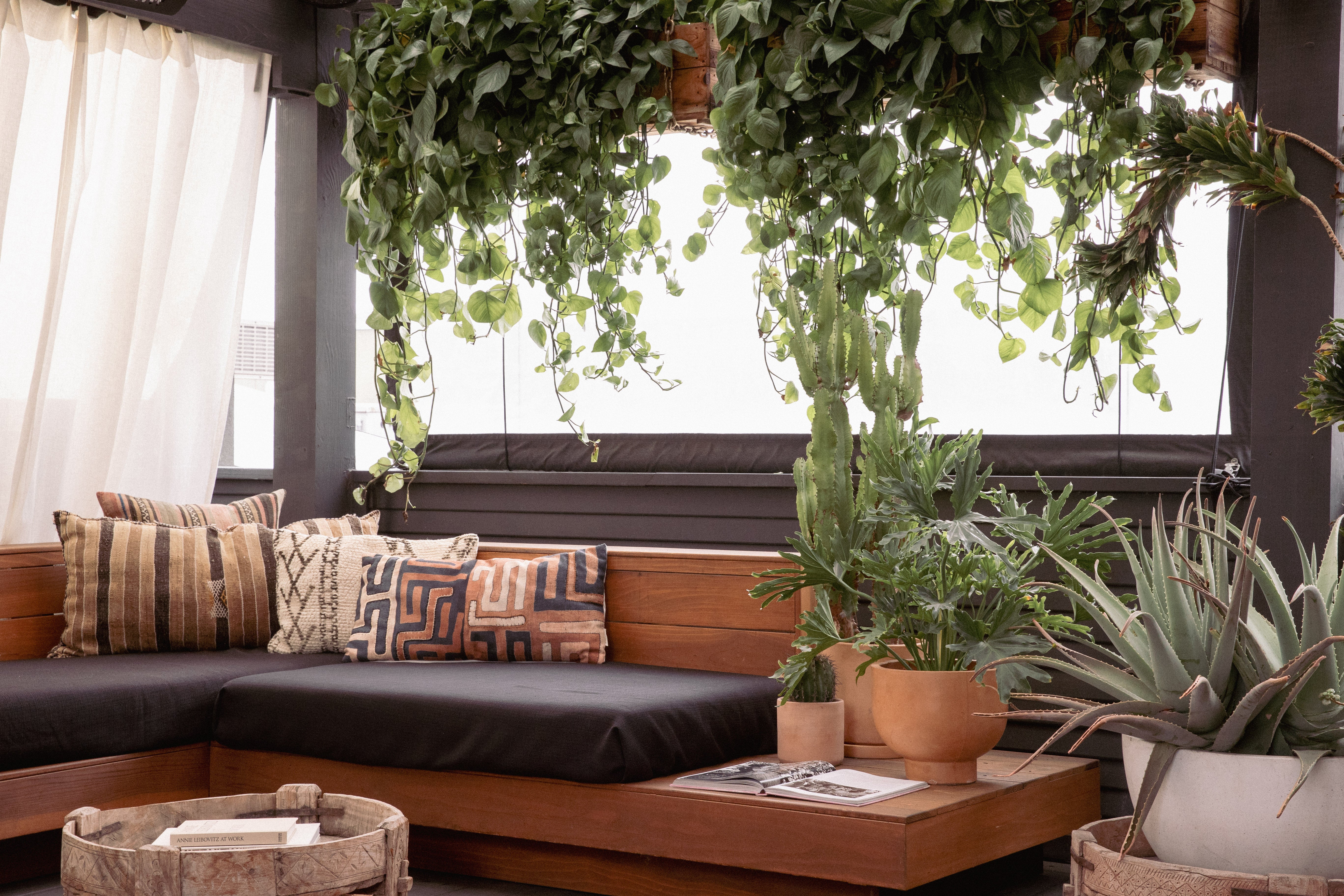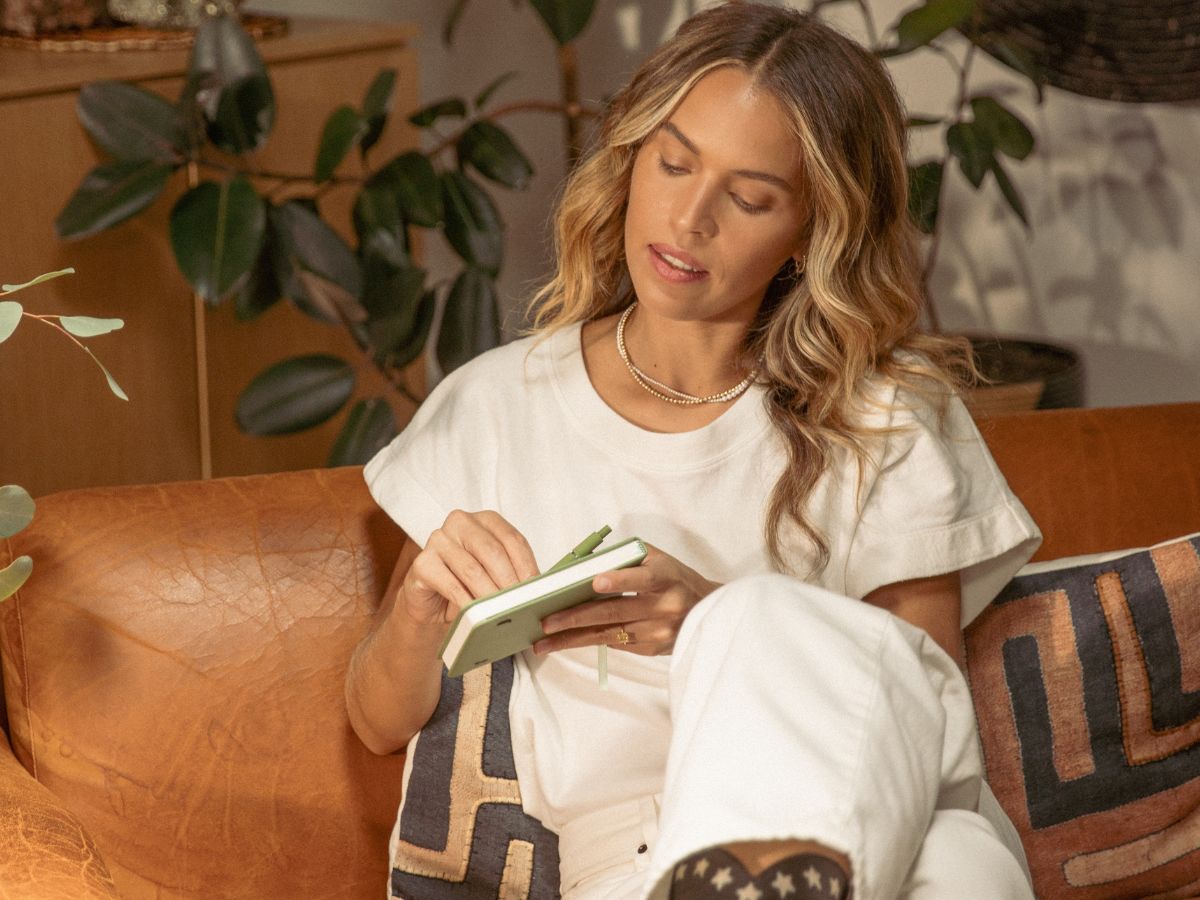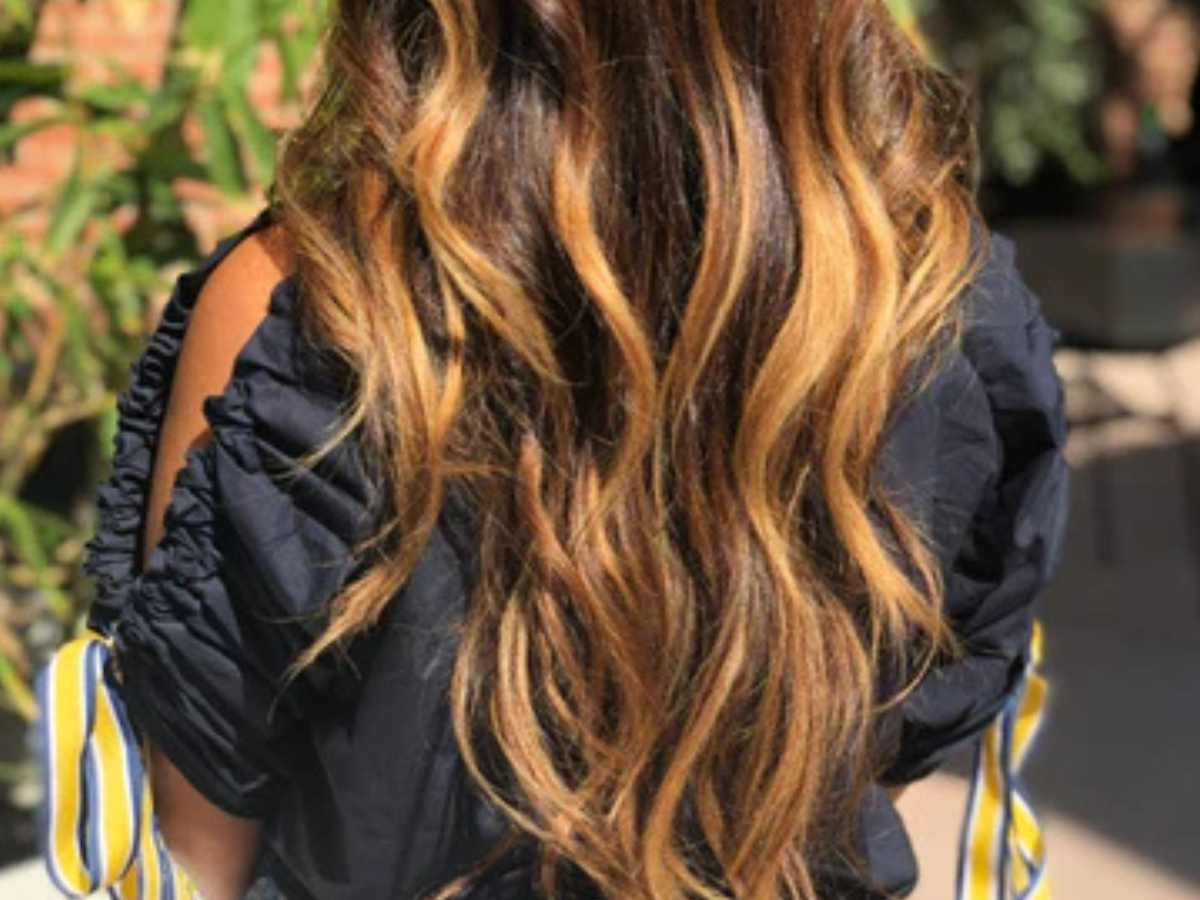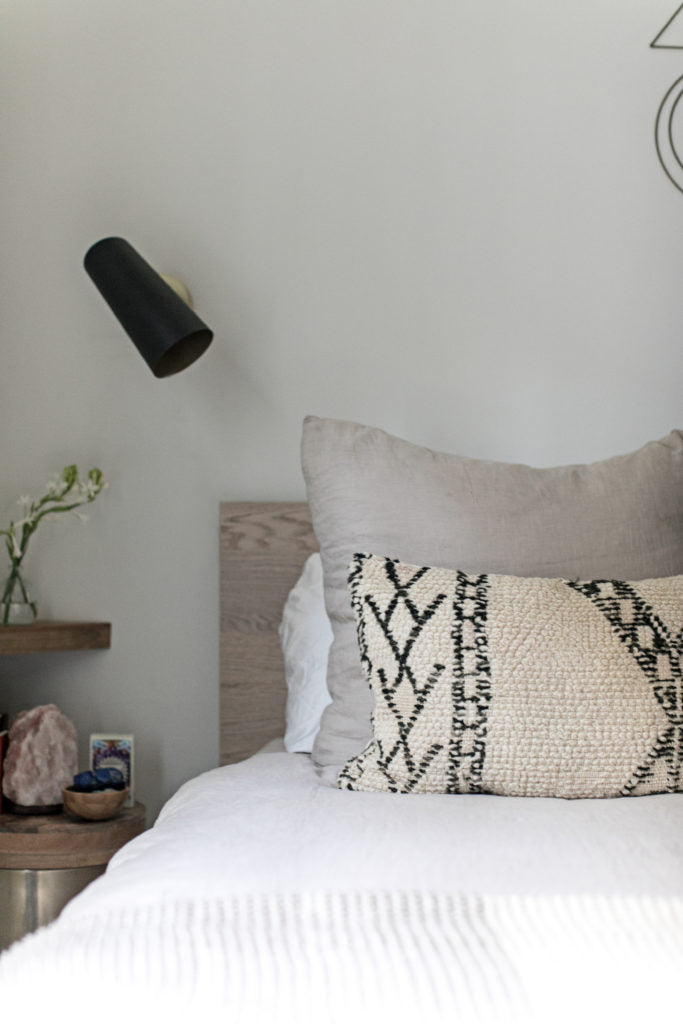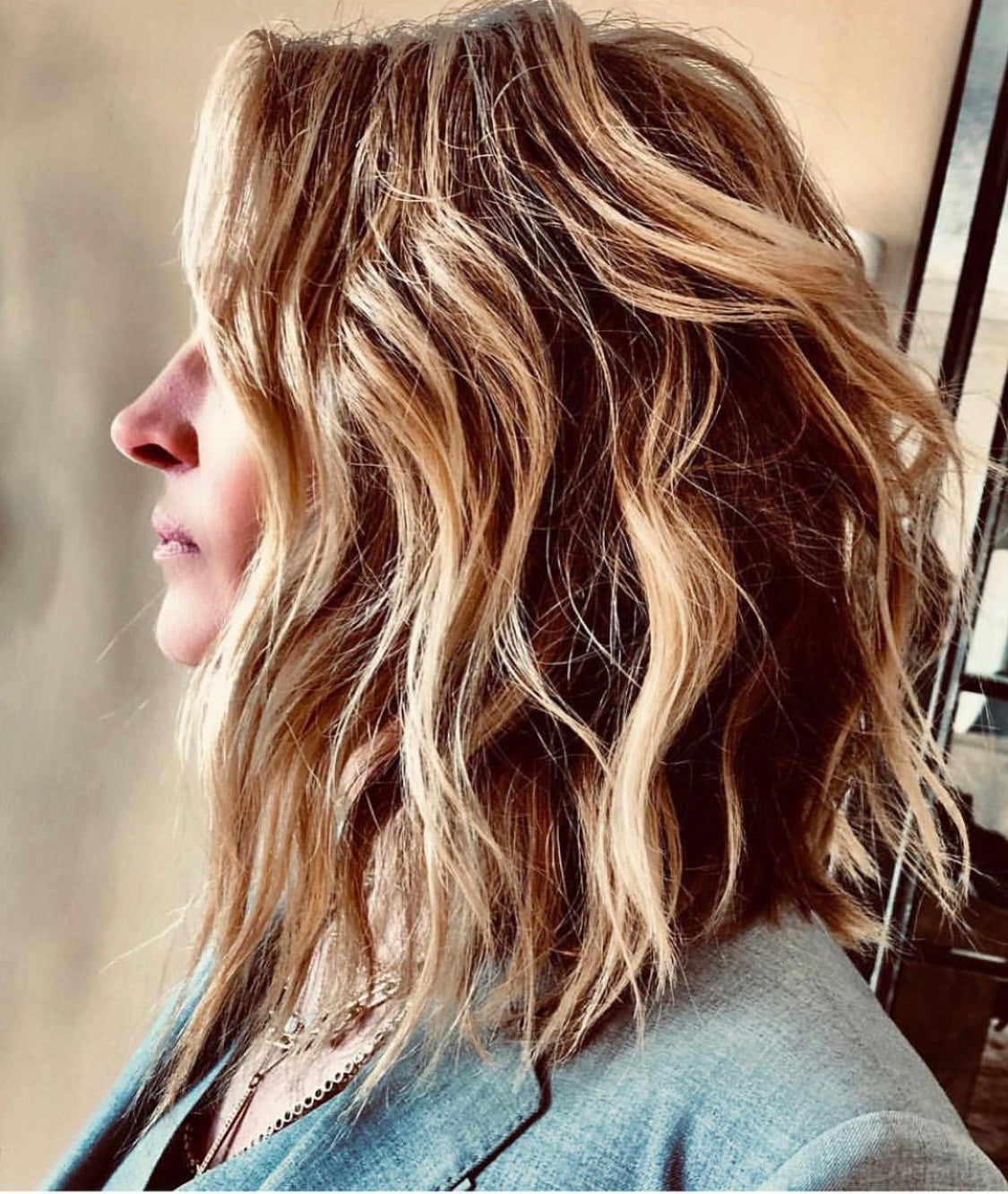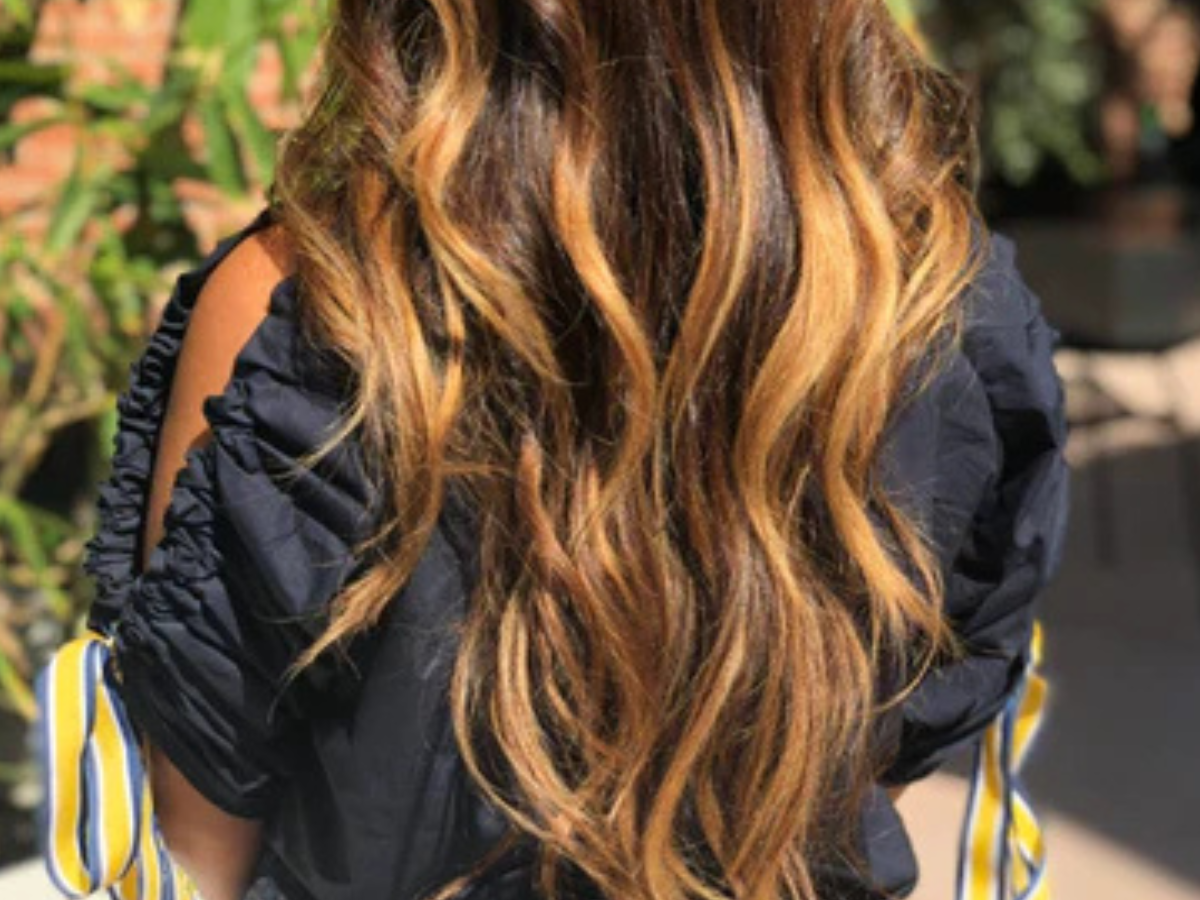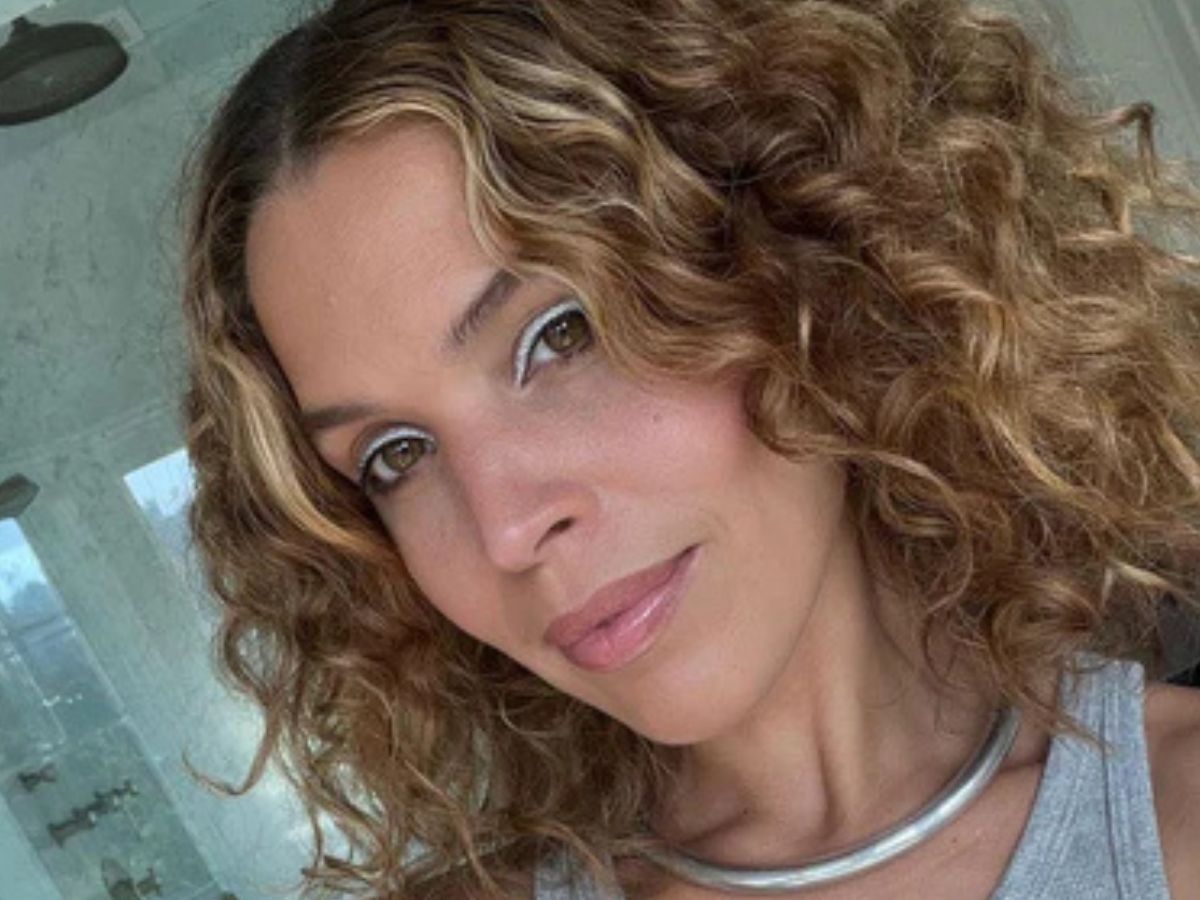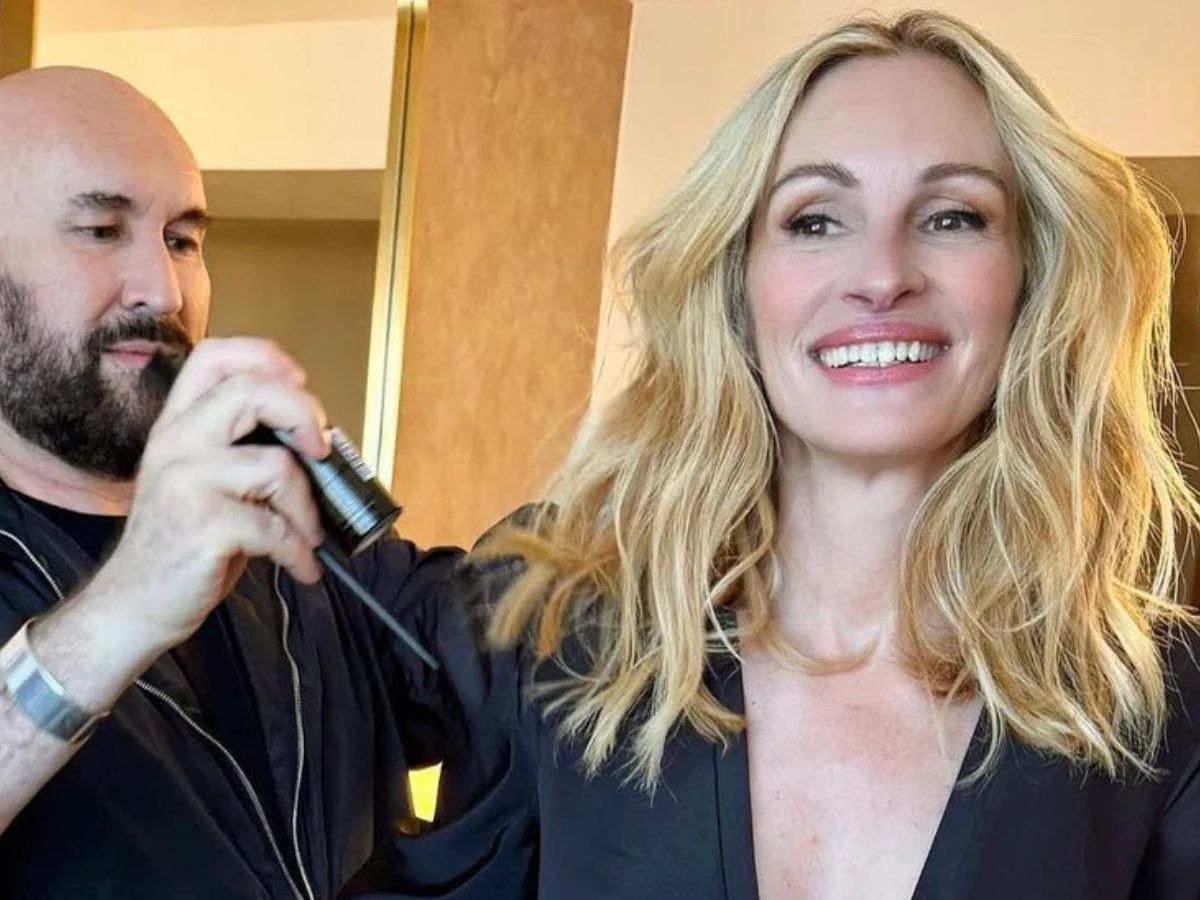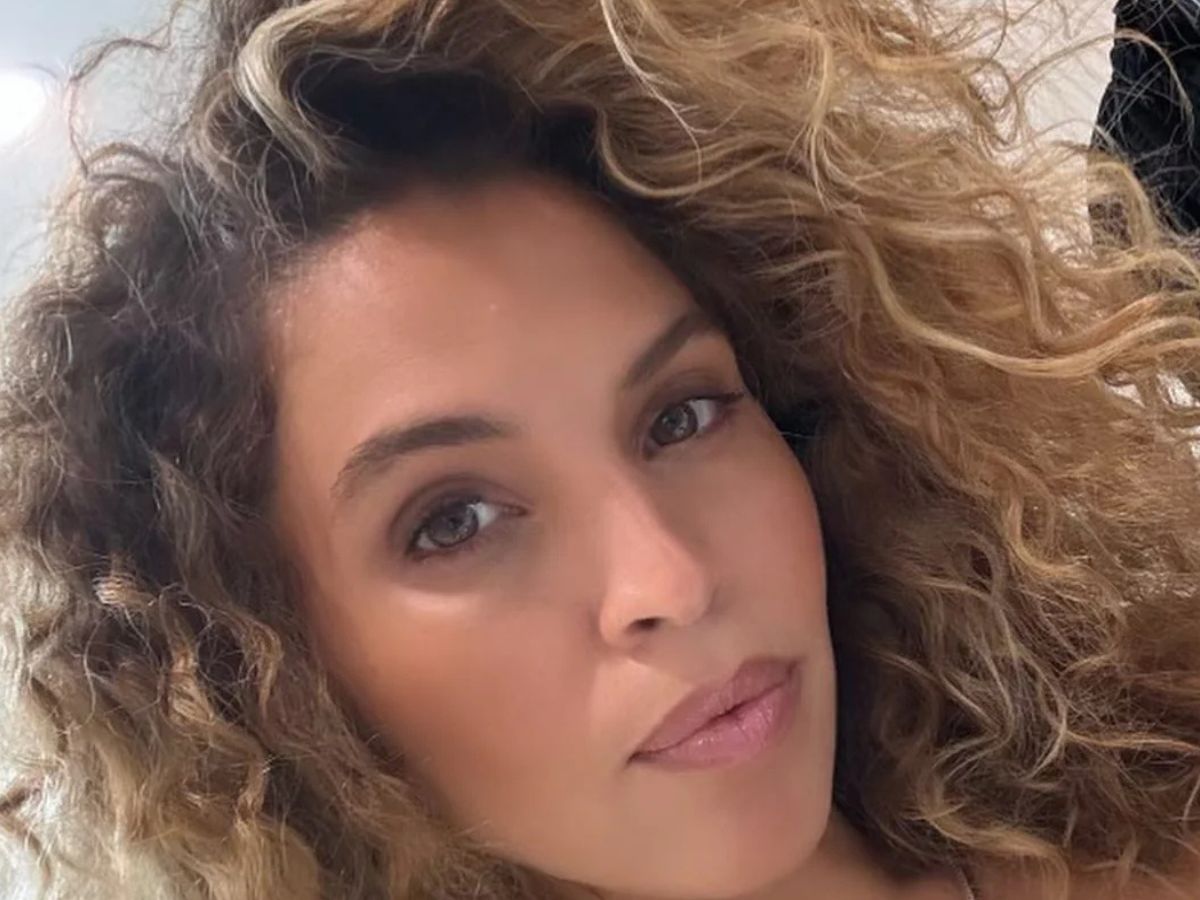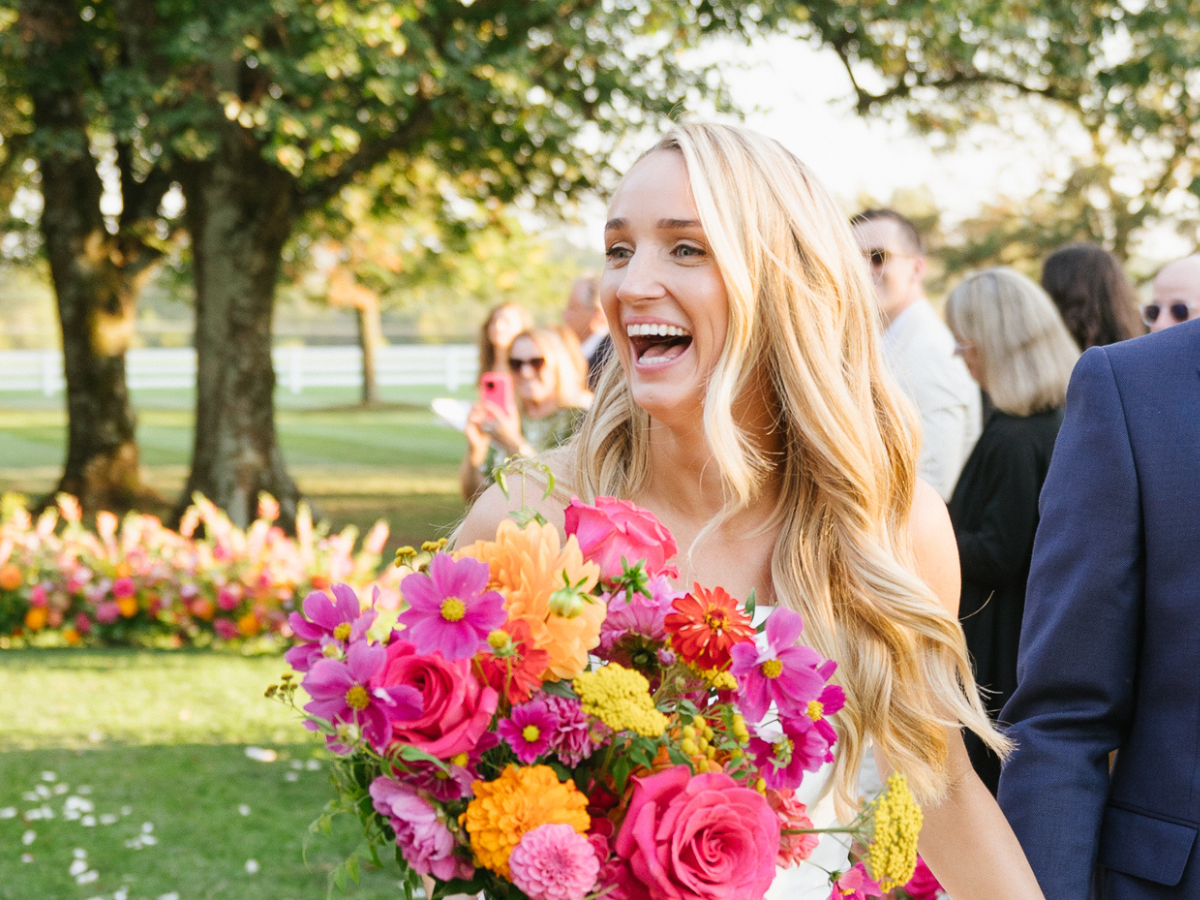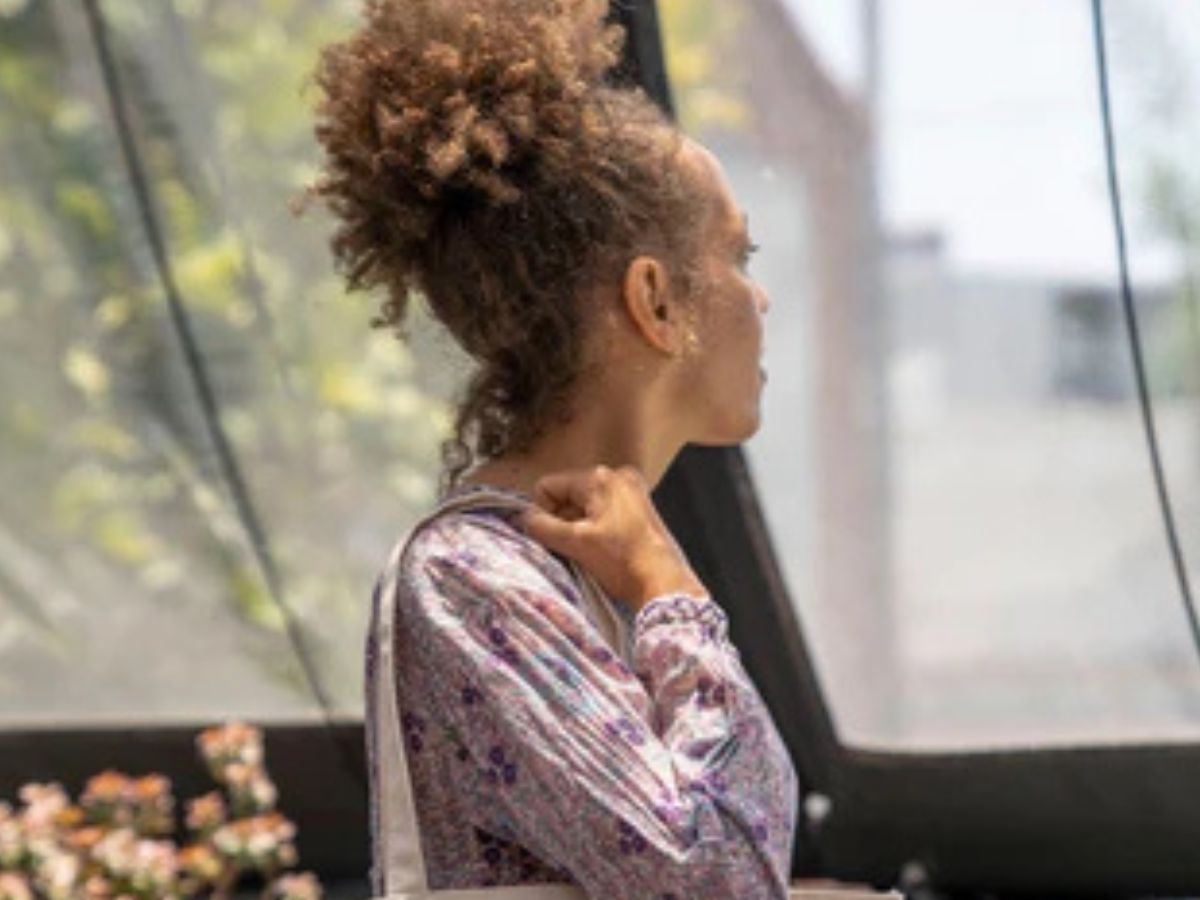I am obsessed with hair color. I stare at everyone’s hair color at the airport, on the subway, even when I get my morning coffee. It began when I first started beauty school as practice for my consultations. I would search for the worst hair color I could find, and in my head I would silently practice what I would say to the client if he or she needed to fix it, and then I would try to formulate a solution as fast as I could. (Little did I know how much this weird habit of mine would help me as I progressed in my career. Most clients REALLY appreciate a firm and decisive hair colorist. It gives them assurance that you know what you’re doing.)
Within the first minute of a client sitting in my chair, while they give me their backstory, I assess the situation, formulate a plan, and try to determine if what the client wishes for is a reasonable possibility, and how many sessions it will take to get to their desired goal. With clients that highlight their hair in particular, the first thing I look for is whether their hair was done by foil or balayage. I can quickly determined if foils were used by spotting a strong uniformity in color pattern and unfortunately at times by a harsh demarcation line at the root. Let’s just say, sometimes, it ain’t pretty.
Balayage is the most popular hair coloring request in many salons today (the hashtag alone yields over 16 million posts on Instagram), but the technique has been around forever. The term comes from the French word meaning “to sweep”, and was developed in the 1970s by the French as a freehand technique where the color is applied by hand rather than foils. In basic balayage, the hair is painted using one of three (or a combination) of three paint designs. These designs are singles, slants, and V’s. As we explore more intermediate and advanced balayage techniques, I’ll review even more patterns and approaches that can done with your paintbrush. The sky is truly the limit.
Because I went to work for a French salon directly after beauty school (Frederic Fekkai), the last time I picked up a foil was almost 20 years ago. I had to completely unlearn everything that I was taught in school, and was forced to approach hair from a completely different perspective. It was no longer about applying color in a pattern, but now about seeing every head of hair as an individual canvas that could be painted according to need. The entire picture had to be visualized and customized. It took me years before I was confident enough to say that I had mastered this approach. Everyone who knows me can vouch that I am NOT a natural Francophile. (That’s a whole different blog post;)). However, when it comes to hair, I have to admit, the French know what they’re doing. Interestingly enough, my former boss and forever mentor, Serge Normant, is also French, but his approach to hair is the polar opposite of Frederic. Even with the newfound freedom to explore hair that I had at Fekkai, there was still a textbook “Fekkai” approach to hair. And for the better part of 4 years while I assisted color legends such as Constance Hartnett, my skills were honed and tested and refined with weekly classes that were a requirement for any assistant who dreamed of one day getting their own chair. It was a combination of boot camp and a masters degree in all things hair color. Now, many years later, I recognize what an amazing privilege it was to get such intense hands on training, as there are truly not many scenarios that end up in my chair that I don’t feel like I can solve. (To be clear, I still will always decline to do a client if they are set on something that I don’t think their hair can handle, and as a general rule I’m not a fan of bleach and tones. More on that later though...)
In NYC in the early 2000s, it was easy to spot a Fekkai client. Chic, sun-kissed color, but “done”. Over time, my work has become decidedly undone. No two clients are ever the same. I truly believe I got to that comfortable place because of the freedom that balayage has given my coloring style. Balayage is also a very economical way to color your hair as you never have a solid demarcation line or regrowth, so if you can’t afford to get it done for another month it won’t look atrocious. However, if your balayage isn’t done correctly you can end up with excessive overlapping that can cause damage. The process varies depending on the length of the hair and the desired result.
If I had to say one thing (or two) that does frustrate me when seeing how balayage is represented on social media, it is that there is sometimes a repetitiveness that is present in many of the posts. Everyone looks the same, which is mind-blowing considering the amount of freedom and customization that balayage allows. I was also taught that the first rule of thumb is, because balayage is supposed to mimic nature’s most natural highlight, there should be a soft beginning. The beginning of the highlight should be so delicate as to be undetected. A whisper most definitely more than a shout, yet, in so many images tagged with the hashtag #balayage, bold stripes and strong starts exist. I find that all my balayage clients are going for different looks and need to maintain it at different rates. From ombré to the most natural sun kissed highlights, to highlights that mimic an all over color, it can all be achieved with just a paintbrush, and the more years the client sits in my chair, the more tailored and individualized and nuanced her color gets. Without fail, the photos that are most requested by new clients are those of clients that I have been doing for at least 3 years, and I always have to explain that their color looks that way because of commitment and an agreed upon long term game plan between them and myself. Don’t be mistaken though, this still allows us a ton of room for changes down the line, but there is always a baseline that exists in their hair, my canvas, that allows for seamless transitions.
As I gear up to start teaching color classes and workshops again, I would love to get your feedback on what kind of things you would like me to focus on. Because others took care and time teaching me, creating color and painting workshops is something I take very seriously. When I do it, I hope to do it right, so I encourage you to leave comments on our Instagram page, and as I prep lesson plans, I’ll try my best to keep all your thoughts and requests in mind. Let’s paint!

